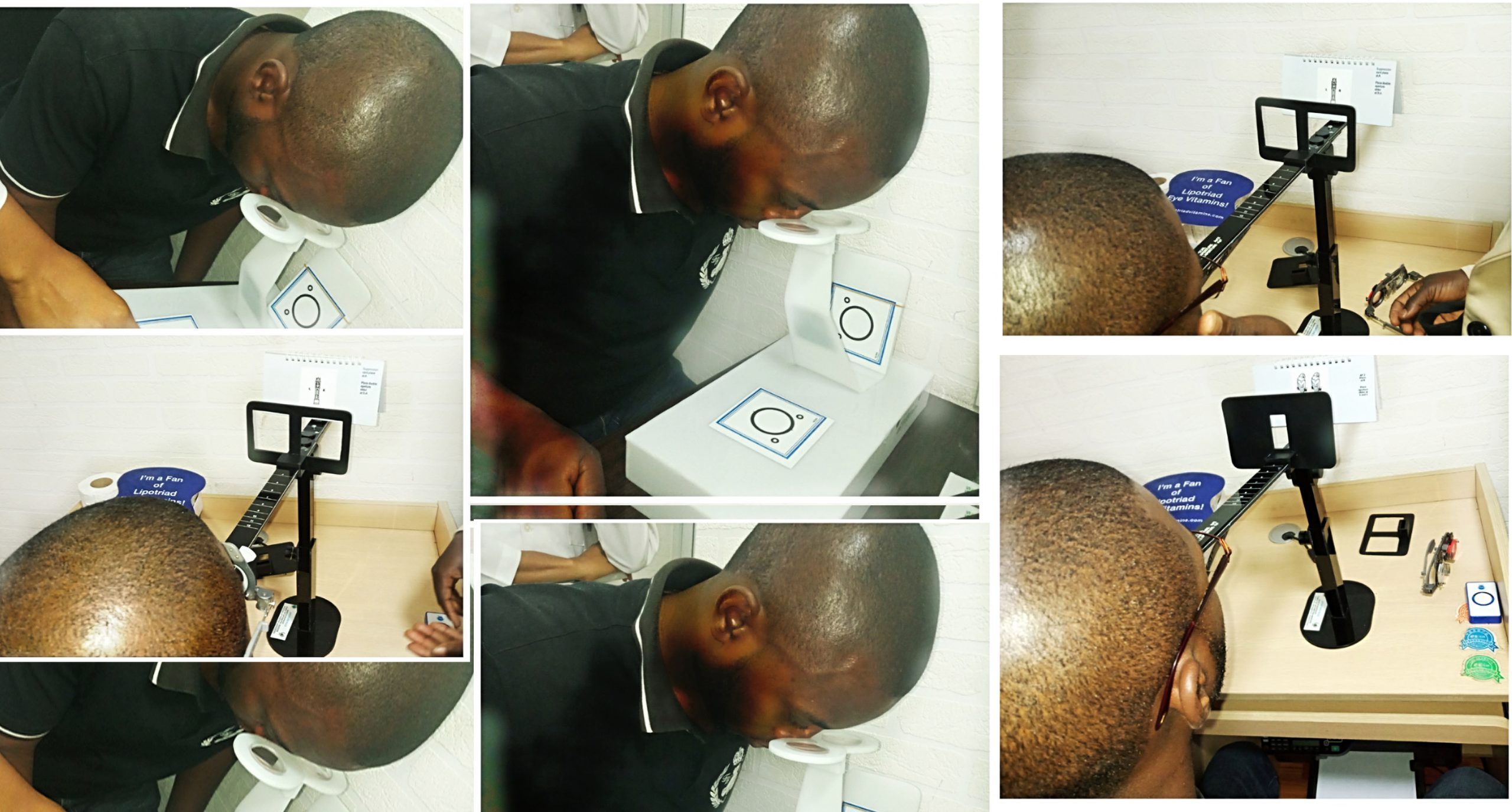
Our trained vision therapists are available to treat a wide range of visual performance problems. We offer accurate diagnosis and effective treatment plans. All vision therapy sessions are one-on-one.
Vision therapy programs at Cypress Eye Center are completely customized for each and every patient – which is why our vision therapy programs are so effective.
WHAT IS VISION THERAPY?
Vision therapy is defined as a doctor-supervised, non-surgical and customized program of visual activities designed to correct specific vision problems and/or improve visual skills.
Unlike eyeglasses and contact lenses that compensate for vision problems, or eye surgery that alters the anatomy of the eye or surrounding muscles, vision therapy aims to “teach” the visual system to correct itself.
Overall, the goal of optometric vision therapy exercises should be to treat vision problems that cannot be treated successfully with eyeglasses, contact lenses and/or surgery alone, and to help people achieve clear, comfortable binocular vision.
Many studies have shown that one benefit from vision therapy can correct vision problems that interfere with efficient reading among school children. It also can help reduce digital eye strain and other symptoms of computer vision syndrome experienced by many children and adults.
What is VT?
|
What does VT use?
|
What is the goal of VT?
|
Problems vision therapy can correct
Vision problems being treated with vision therapy include:
Amblyopia
Also called “lazy eye,” is a vision development problem in which an eye fails to attain normal visual acuity, usually due to strabismus or other binocular vision problems. Specially designed video games are a recent form of vision therapy being shown to improve visual development among children with amblyopia.
Strabismus
The success of vision therapy for strabismus depends on the direction, magnitude and frequency of the eye turn. VT has been proven effective for treating an intermittent form of strabismus called convergence insufficiency, which is a failure to keep the eyes properly aligned when reading despite appropriate alignment when looking at distant objects.
Other binocular vision problems
Subtle eye alignment problems called phorias that may not produce a visible eye turn but still can cause eye strain and eye fatigue when reading also can be minimized or corrected with vision therapy.
Eye movement disorders
Studies have shown vision therapy can improve the accuracy of eye movements used during reading and other close-up work.
Accommodative (focusing) disorders
Other research shows near-far focusing skills can be improved with vision training.
Who can benefit from vision therapy?
Patients of any age can benefit from vision therapy. Vision therapy is not limited to children. Anyone, at any age, who has been diagnosed to have a visual performance problem – or who would like to enhance visual performance is a candidate for vision therapy.
Children who struggle in school due to difficulties with reading, spelling or writing, take longer to complete assignments than their peers, perform poorly on timed tests, have a diagnosis of ADD/ADHD, children who are on the autism spectrum or developmentally delayed have a 70-80% chance of having a vision problem significant enough to affect their performance and are candidates for vision therapy.
Professional athletes use vision therapy to increase visual reaction times and improve hand-eye coordination. Athletes commonly use Interactive Metronome combined with vision therapy to increase processing speed and enhance the ability to focus and “filter out” distractions.
Computer users experiencing eye strain resulting from binocular vision problems can benefit from vision therapy to reduce discomfort.
Adults who have suffered strokes or head trauma (traumatic brain injury(TBI) can benefit from vision therapy.
